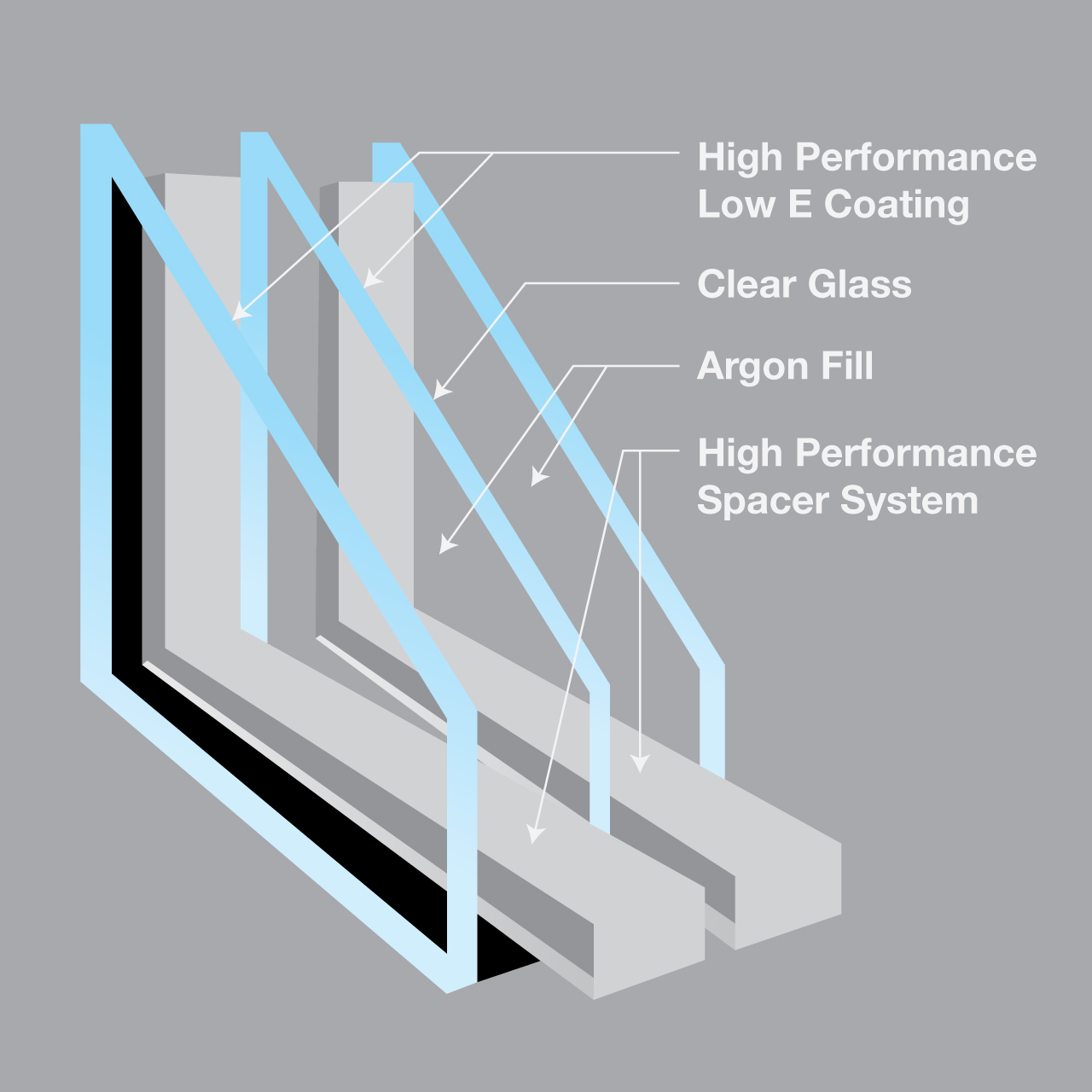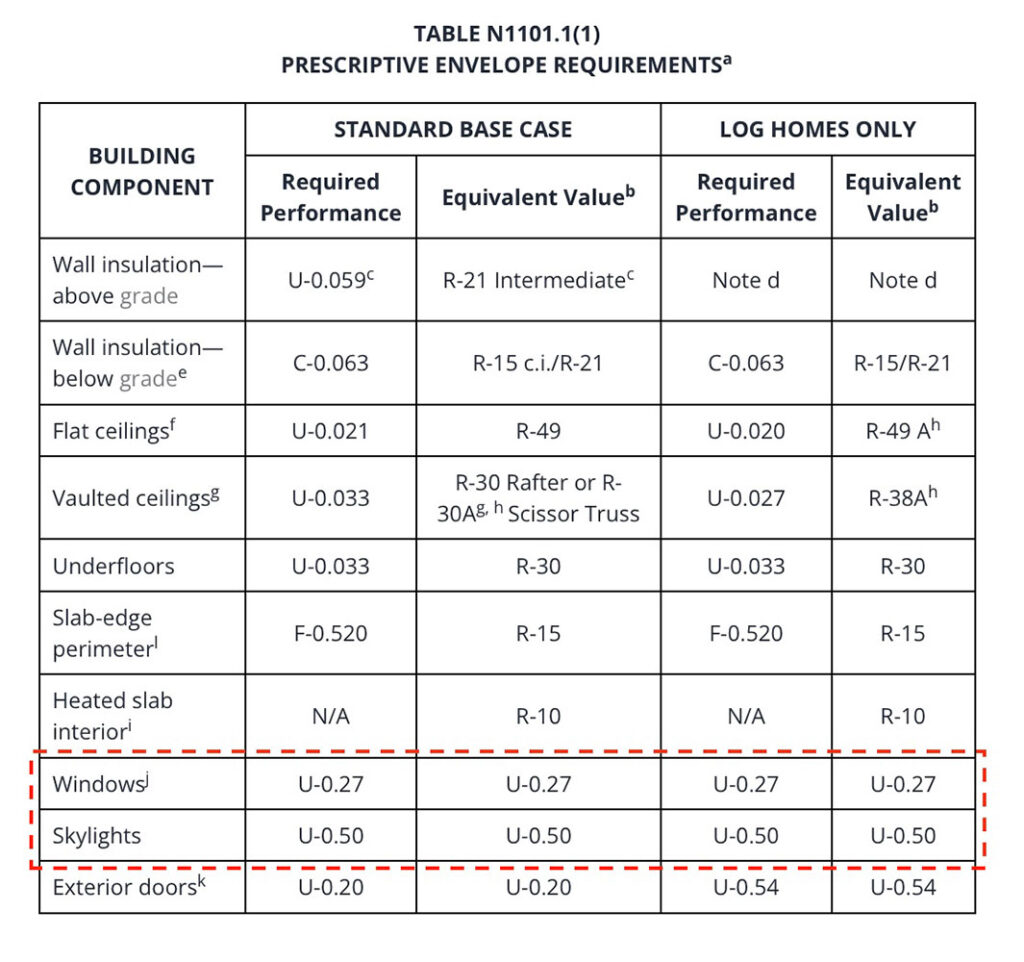
We all love having more windows! They provide great views and abundant natural light, and let in a fresh breeze on a perfect Oregon day. However, they also let energy escape all day, every day. Let’s explore the benefits of R-5 windows so you know how to make the most of these holes in your house.
Window pros and cons
Access to natural light supports our health, well-being and comfort. On the other hand, windows are basically holes in our home, creating energy leaks. We notice this most standing in front of a window during the hottest or coldest days of the year. However, this differential persists all day, every day, whether or not we feel it.
As homeowners evaluate window options, the cost often influences purchasing a product that meets standard, minimum code requirements. On the other hand, selecting a higher quality option, such as an R-5 window, significantly impacts comfort and a house’s overall energy performance.

So, what are the benefits of R-5 windows?
In our post on the right amount of insulation, we recommend R-5 windows as a high-performance standard to our clients because windows represent the biggest source of energy loss. While R-5 windows cost more than code minimum windows, they also offer more benefits, such as increased comfort and performance. The upgrade to R-5 windows outperforms updates to other parts of the building envelope.
Historically, making windows that meet wall insulation values has proven difficult for manufacturers. Thus, building codes tend to require lower insulation thresholds for windows than for walls. Oregon currently maintains an R-3.7 (U=0.27) insulation requirement for windows. Due to the additional challenges of skylight performance because of their more direct orientation to the sky, these standards come in at only R-2 (U = 0.50).

But technology is catching up, and manufacturers are able to produce higher performing windows. R-5 windows are more available, and manufacturers are seeing demand increase for this kind of performance.
So, how much of a difference is it?
Time to get technical. (Note: For those in tune with fluid dynamics, this is a calculation exercise in scales of impact, not actual wall thermal values.)
Moving from R-3.7 to R-5 doesn’t seem like much of an improvement compared to all the walls and roof, does it? Let’s look at what it means to improve a high-performance wall by just R-1. The units for U-factor are: British Thermal Units per hour per square foot per Fahrenheit degree, or BTU/hr·ft²·°F. By setting those units aside for the moment, we will reveal the values involved.
R-1 Differential in a wall:
An R-40 wall has a U-factor of 1/40 = 0.025.
An R-41 wall has a U-factor of 1/41 = 0.0244.
So, the differential to improve a wall is 0.025 – 0.0244 = 0.0006.
R-1 Differential in a Window:
A current code minimum window in Oregon is U = 0.27 (R-3.7).
A window improved by R-1 is U = 0.21 (R-4.7).
So, the differential to improve a window by R-1 is 0.06.
The effect of an R-1 improvement in windows is 100 times greater than an R-1 improvement in an R-40 wall. To put it another way, improving just ONE ten-square-foot window provides greater impact than an R-1 improvement on all the walls and attic combined. Do you see why you should consider R-5 windows in your new project?
Ready for new windows?
Whether it’s part of a new high-performance house, an ADU, or an addition, the benefits of selecting R-5 windows are clear. Let’s talk about how we can future-proof your next project.
